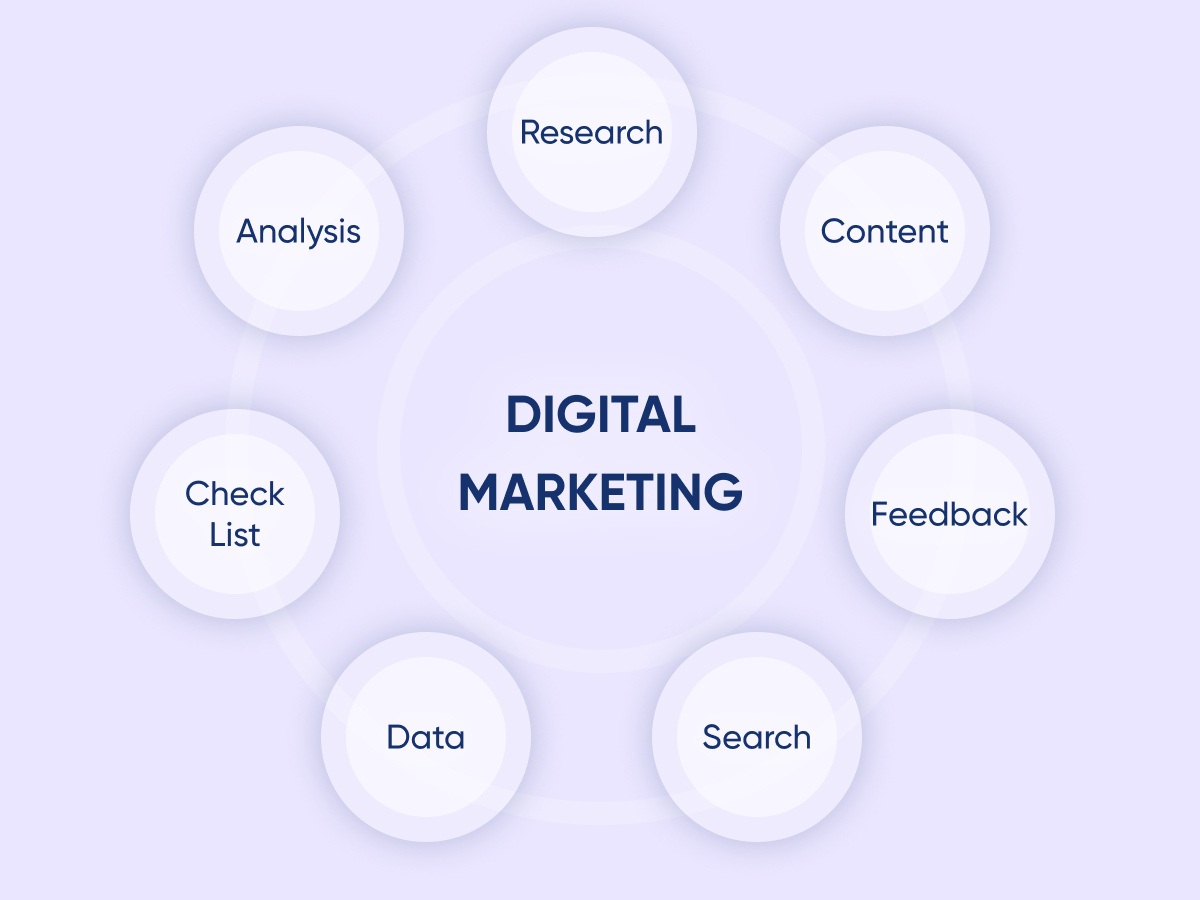tigiAs digital marketing continues to grow in popularity, measuring the ROI of your campaigns has become more important than ever. ROI, or return on investment, is a key metric used to determine the success of your marketing efforts. In this article, we will discuss several methods to measure the ROI of your digital marketing campaigns.
Why is measuring ROI important? Measuring the ROI of your digital marketing campaigns is important for several reasons. First, it allows you to determine the effectiveness of your marketing efforts and make data-driven decisions about how to optimize them. Second, it enables you to identify areas where you may be overspending or not allocating enough resources. Finally, it helps you communicate the value of your marketing efforts to stakeholders and justify your budget.
Method 1: Track website conversions One of the simplest ways to measure the ROI of your digital marketing campaigns is to track website conversions. A conversion is a desired action taken by a user on your website, such as filling out a form or making a purchase. By tracking these conversions, you can determine how many leads or sales your marketing efforts are generating. This information can be used to calculate your ROI by dividing the revenue generated by your marketing spend.
Method 2: Use Google Analytics Google Analytics is a powerful tool that can help you measure the ROI of your digital marketing campaigns. By setting up conversion tracking in Google Analytics, you can track the actions users take on your website, such as filling out a form or making a purchase. You can then use this data to determine the effectiveness of your marketing efforts and calculate your ROI.
Method 3: Use attribution models Attribution models are used to determine which marketing channels are driving the most conversions. By assigning a value to each touchpoint in a user's journey, you can determine which channels are most effective at generating conversions. This information can be used to optimize your marketing mix and allocate resources more effectively.
Method 4: Calculate customer lifetime value Customer lifetime value (CLV) is the total amount of revenue a customer is expected to generate over the course of their relationship with your company. By calculating CLV, you can determine the long-term value of your marketing efforts and justify your marketing spend. This information can also be used to identify opportunities to upsell or cross-sell to existing customers.
Method 5: Use A/B testing A/B testing is a method used to compare the performance of two different versions of a marketing asset, such as a landing page or email. By randomly assigning users to one of two groups, you can determine which version is more effective at generating conversions. This information can be used to optimize your marketing efforts and improve your ROI.
 Measuring the ROI of your digital marketing campaigns is essential for determining the effectiveness of your marketing efforts and optimizing your marketing mix. By tracking website conversions, using Google Analytics, using attribution models, calculating customer lifetime value, and using A/B testing, you can determine the ROI of your marketing campaigns and make data-driven decisions to improve your marketing performance.
Measuring the ROI of your digital marketing campaigns is essential for determining the effectiveness of your marketing efforts and optimizing your marketing mix. By tracking website conversions, using Google Analytics, using attribution models, calculating customer lifetime value, and using A/B testing, you can determine the ROI of your marketing campaigns and make data-driven decisions to improve your marketing performance.




